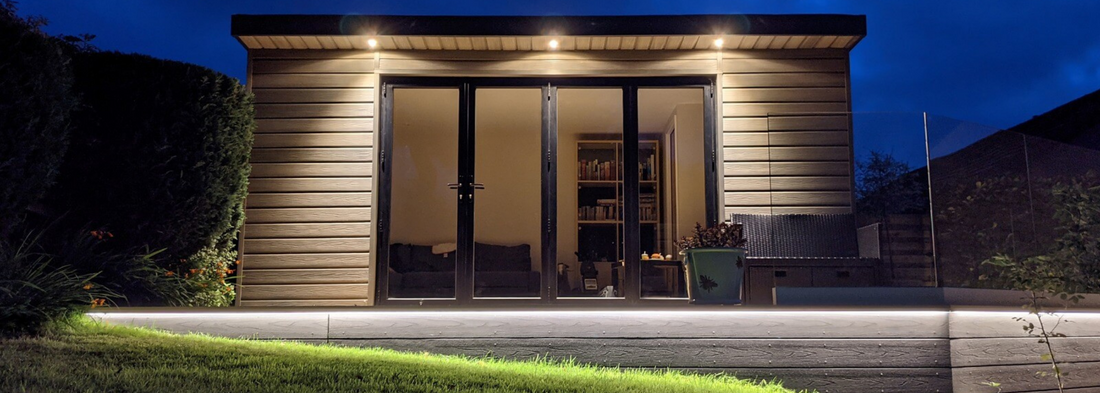
Tools for Fitting Composite Cladding
Essential Tools for Fitting Composite Cladding to Your Wall
Introduction:
Upgrading your living or working space with composite cladding can be a transformative project, enhancing both aesthetics and functionality. Whether it's a home renovation or a commercial property upgrade, composite cladding offers a resilient and visually appealing solution. However, the key to a successful installation lies in having the right tools at your disposal. In this excerpt, we'll delve into the essential tools required to efficiently fit composite cladding to your wall.
Measuring Tape:
A measuring tape is a quintessential tool for any construction project. Its role is indispensable in obtaining precise measurements of your wall and cladding panels. Accurate measurements ensure a seamless fit, eliminating unsightly gaps and uneven edges.
Level:
The level is your ally in ensuring that your cladding panels align both horizontally and vertically. Its function is crucial in maintaining a straight and professional appearance. For the best results, have both a long level for overall alignment and a shorter one for checking individual panels.
Screws and Wall Anchors:
Your wall's composition dictates whether screws and wall anchors are needed to secure the cladding panels. Wall anchors are especially vital for delicate wall materials like drywall. It's imperative to select the appropriate screw size and anchor type to match your project's requirements.
Screwdriver or Drill:
A reliable screwdriver or drill is indispensable for attaching the cladding panels securely to the wall. A cordless drill, in particular, can significantly expedite the process, especially for larger projects.
Adhesive (if required):
Certain composite cladding systems necessitate adhesive for enhanced bonding. If adhesive is part of your installation, ensure that you're using the manufacturer-recommended adhesive to guarantee the best results.
Saw:
Invariably, a saw will be needed to cut composite cladding panels to the precise size and shape required. This is particularly important when navigating obstacles like windows and doors or fitting panels into corners. Tools such as circular saws or jigsaws are invaluable for this purpose.
Pencil:
Despite its simplicity, a pencil plays a critical role in marking measurements and cut lines on your cladding panels, facilitating precision in your installation.
Safety Equipment:
Safety should always be a paramount concern during any project. Equip yourself with safety glasses to shield your eyes from debris and sturdy gloves to protect your hands when handling panels and tools.
Ladder or Scaffolding:
For taller walls, a ladder or scaffolding may be necessary to safely access higher areas. Prioritise safety precautions when working at elevated heights to avoid accidents.
Conclusion:
Ensuring you have the right tools on hand is the foundation of a successful composite cladding installation. With tools such as a measuring tape, level, screws, drill, and others, you'll be well-prepared to tackle your project with confidence. Remember to adhere to manufacturer guidelines and safety protocols throughout the installation process. By doing so, you'll achieve a professional, long-lasting finish that not only enhances your space's aesthetics but also its overall functionality. Whether it's an interior revamp or an exterior facelift, composite cladding is a versatile choice that will breathe new life into your environment.
